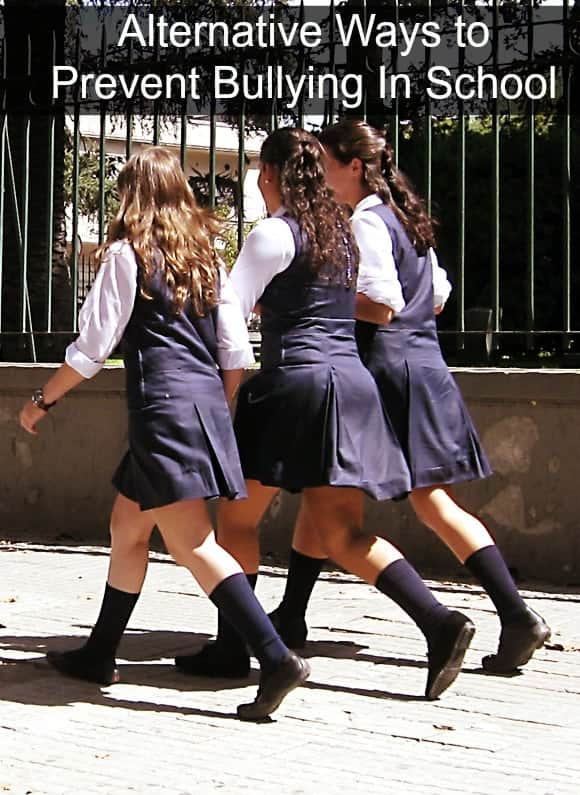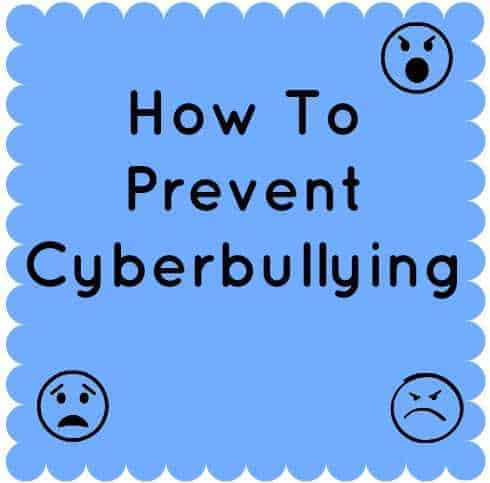
Kids can be cruel. Beyond the typical teasing, children can do many other things to make their peers feel inadequate, worthless and turn to drastic measures. Perhaps it is a matter of highlighting others’ weaknesses to make themselves feel better or maybe its a misguided way of making sense of someone they don’t understand. Whatever the reason, bullying appears to be a growing problem. We need to look for better ways to prevent bullying in our schools.
According to the National Center on Education Statistics, nearly 30% of kids and teens have reported being bullied at school. Think of all those who quietly bare the burden and just “deal” with it alone.
In response, schools have adopted “Zero Tolerance Policies” and other programs to curb the behavior. However, a common problem found with the plan usually involves disciplinary actions that repeatedly suspends students. According to The National Association of School Psychologists (NASP), “High rates of repeat suspensions that may indicate that suspension is ineffective in changing behavior for challenging students.”
So what is an alternative solution to the problem? There is no one-size-fits-all answer, but there are several ways the community can work together to prevent bullying.
4 Alternative Ways to Prevent Bullying in Schools
1. Customize a plan that is unique for your school, start with an anonymous survey to find out the problems. For one middle school in Memphis, playful “checking” grew into bulling and fights. (Think of the move hockey players use when they drive their shoulder and upper arm into opponents.) After conducting the survey, students overwhelmingly begged for a rule to stop the behavior. Checking stopped after a unique plan that fit the individual school was made. The lesson learned was that bullying comes in many different forms and changes. Find a prevention method or program that works with your community needs.
2. Think of alternative penalties and punishments to prevent bullying in schools. Simply sending the bully home for a period of time sometimes translates to a vacation for kids. It’s like putting a band-aid on a broken leg; in some cases, it can be counterproductive. Come up with a plan for restitution that the community agrees upon and ensures that the victim will not garner further unwanted attention. Try having the bully help serve lunch to his fellow students for the day or some other in-school act of service.
3. Groups, clubs and teams have a wonderful opportunity to teach our kids. I live in a football town. The local high school is doing amazing things and one of those things, happened naturally and had nothing to do with the scoreboard. The local newspaper printed a picture of the team that was captioned, “Band of Brothers.” They had a sense of family and camaraderie that kept them close. As I began helping my local youth football league, I realized that instilling that sense of fellowship as early as possible gave the kids a desire to protect and respect each other. While working on punting, passing and blocking, I urged the coaches to begin explaining that if the kids don’t stick together and work to protect each other, they will suffer as a team. There is an amazing opportunity to teach kids care for each other and be proponent for their classmates in any club, sport or any communal group.
4. While communities need to work together, it is important to note that kids absorb social cues from their environment. Being a model that values tolerance can go a long way. A method that might work for your school was inspired by a reading program. Individual high school students were paired with one elementary child and, once a week, the older peers would read a book to their younger “buddy.” I noticed that one pair didn’t do much reading. They were always talking. Later, I found out the elementary student was confiding several bullying incidents he didn’t feel comfortable reporting to a teacher for fear of being a tattle-tale. Providing an older peer can often lay ground for a more comfortable experience sharing problems, while the older student sees a sense empathy.
Looking for more ways to prevent bullying in schools? Check out our Stop Bullying Tips.
Do you have any ideas of how to prevent bullying in schools?

“Being a model that values tolerance can go a long way.” <<< I totally agree! Everyone can help by being a role model.
I think another important step is getting parents involved. Kids may sometimes be cruel, but I wonder how often that cruelty was actually picked up from home. When I was in school I was known as the “Goody Goody.” I would take kids to the nurse’s office when they were hurt, I always did my homework, and once I told on a group of kids for picking on a disabled boy who was sitting with us for lunch. Creating conversation with our children about what to do if they see bullying is so important. Thanks for discussing the topic. It’s definitely a big one.
I don’t, but I wish I did. My daughter had a run in with bullying for awhile and it was very sad to see her hurt and worried, and though I made sure I got in and did every single thing I could do, there is still an element of helplessness that goes into it, when the bully just wont’ stop.
Thanks for sharing these great tips. The ‘buddy’ system sounds like a great idea, and I agree that communities should be involved in this pressing issue of bullying.
Bullying is such an epidemic. My daughters and I volunteer at any event or organization that brings awareness or combats bullying, because we are so passionate about confidence, kindness, and acceptance.
I love this post!